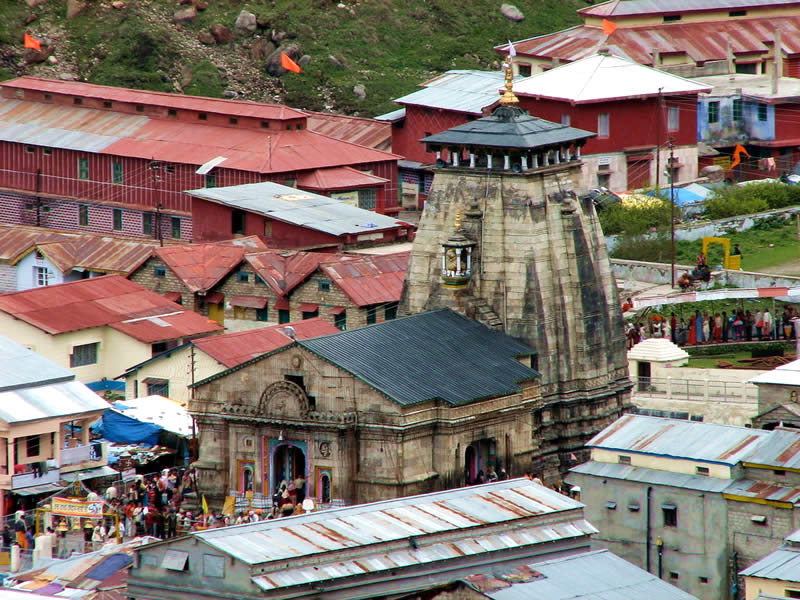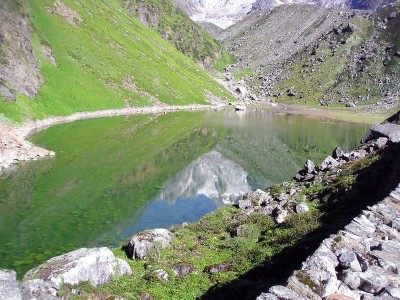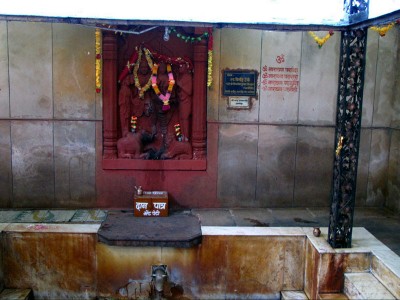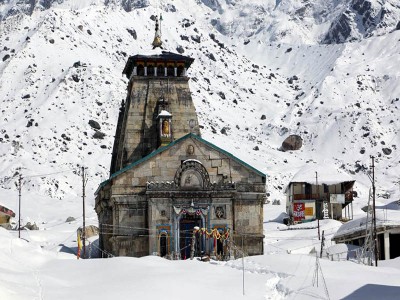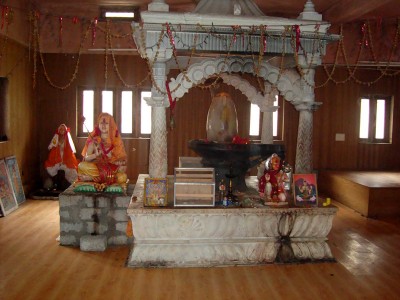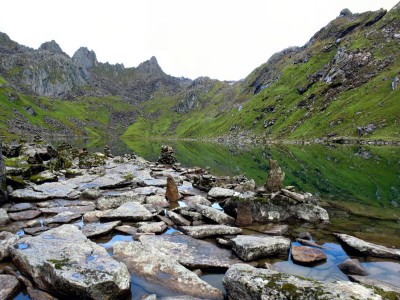Kedarnath Tourism and Travel Guide
One of the chota char dham, Kedarnath is dedicated to Lord Shiva. There are twelve main jyotirlings of Lord Shiva or Kedar in India, and one of their abodes is Kedarnath which is the most remote site of the chota char Dham Yatra. Situated at an altitude of 3,584 metres above sea level near Chorabari glacier, this centre of pilgrimage was established by Adi Guru Shankaracharya in 9th century. The present structure of Kedarnath temple is believed to be more than 1,000-year-old.
Close to the Indo-China border, the temple is located in Rudraprayag district of Uttarakhand. River Mandakini originates from the Kedarnath Mountains. The Shiva statue here is considered to be beheaded and the head is believed to be in Doleshwor Mahadeva Temple in Bhaktapur, Nepal. According to ancient history, the Pandavas wanted to absolve their sins by taking blessings from Lord Shiva as they killed killed their brothers- Kauravas in the fight of Kurukshetra. However, Lord Shiva kept avoiding them and hid himself from one place to another. During this time, he took the form of a bull and stayed in Kedarnath. While Pandavas followed him there, he made a dive towards the ground and left his hump there. This conical protrusion is worshipped as the idol. His other parts are worshipped at other places, arms at Tungnath, mouth at Rudranath, naval at Madmaheshwar and hair at Kalpeshwar. Together with Kedarnath these shrines are called Panch Kedar.
The structural design of the temple is extremely beautiful, and its walls depict mythological stories and images of deities. Surprisingly, it's entrance gate faces south, whereas every Hindu temple must face east according to the ‘divine’ architectural guidelines. Made up of extremely large, heavy and evenly cut grey slabs of stones, it's entrance has a conical lingam- the main idol, a statue of Nandi - the celestial bull of Shiva. The temple also has a 'Garbha Griha' for assemblies and a 'Mandap' for gatherings.
The best time to visit Kedarnath is from May to October. It is closed for the rest of the six months due to extreme weather conditions. Shankaracharya, Vasuki Tal, Soneprayag, Gaurikund, Triyuginarayan and Guptkashi are some of the other highlights of Kedarnath.
How to Reach: -
If you are travelling by road, then Kedarnath is 223 km from Rishikesh. If you are travelling via Devprayag, then the distance is just 70 km. It is much lesser if you are coming from Rudraprayag, only 34 km. 35 km if your path is Shrinagar to Kedarnath. It is closer to Tilwara, just 9 km away from it. Agastyamuni: 10 km, Sonprayag: 3 km, Kund: 15 km, Gaurikund: 5 km, Sri Kedarnath: 3 km, Garurchatti: 4 km and Rambara: 7 km.
Unfortunately, in the middle of pilgrimage season in June 2013, the surrounding area and compound of the Kedarnath temple was washed away with the flood water, although the temple was still held to the ground. The town suffered extensive destruction and thousands of people were killed and thousands of pilgrims were reported missing.
The Uttarakhand Chief Minister said that pilgrimage to Kedarnath would not be possible for next two to five years. The rescue operation resulted in more than one lakh people being airlifted with the help of the Indian Army, Air force, NDRF and Indo-Tibet border police force. A helicopter (Mi 17) crashed during this exercise killing all 20 people on board (all of them were soldiers involved in relief and rescue work). The Air Force dropped logs to build pyres for mass cremations of the victims.It was reported that previously uncollected bodies were still being found one year after the tragedy.



